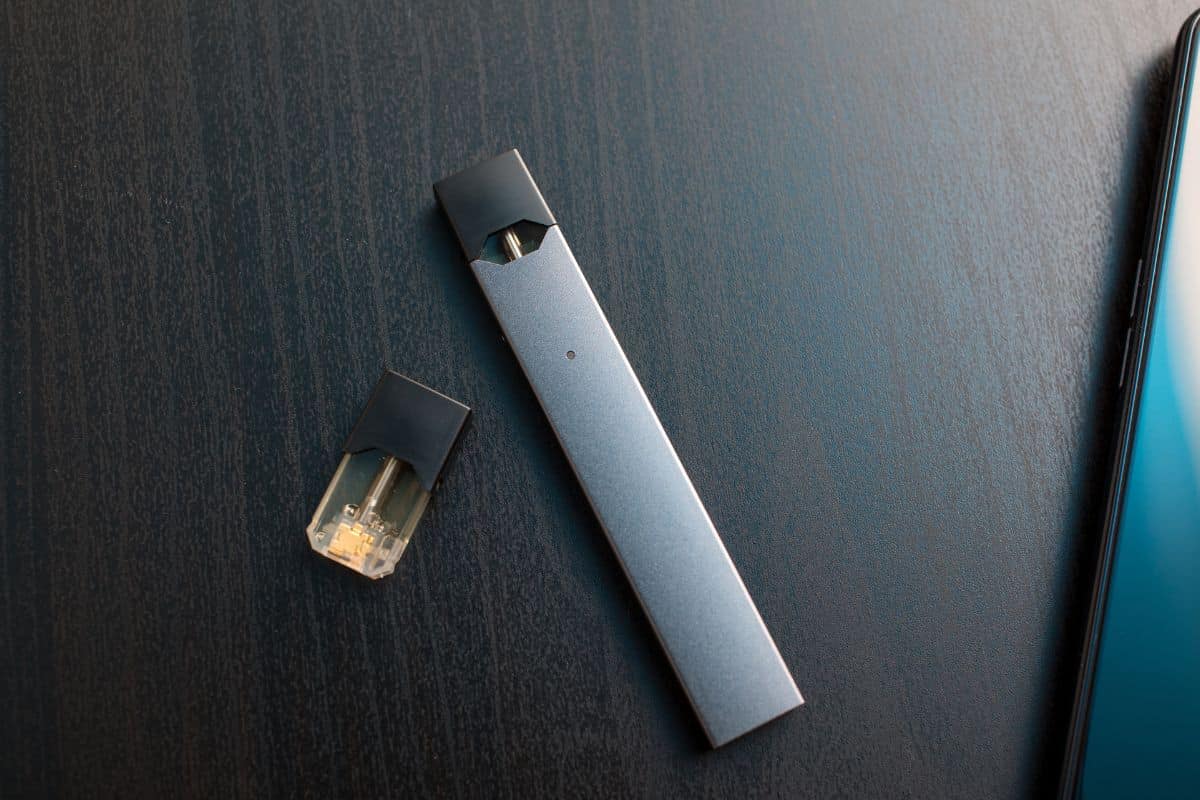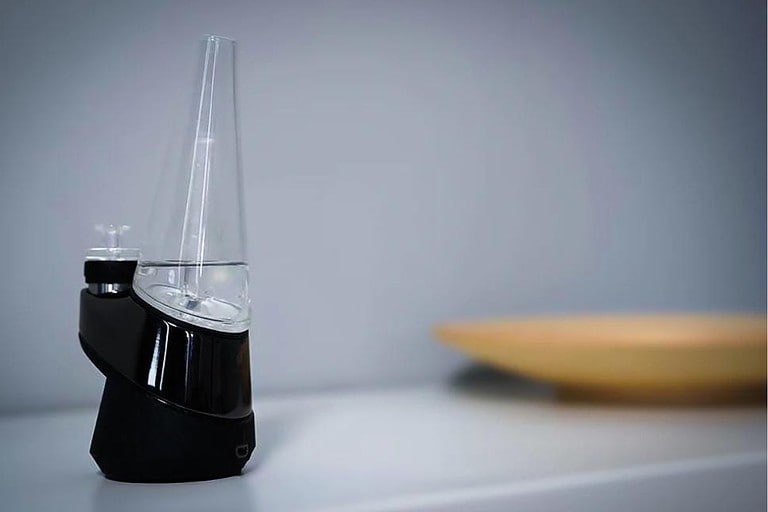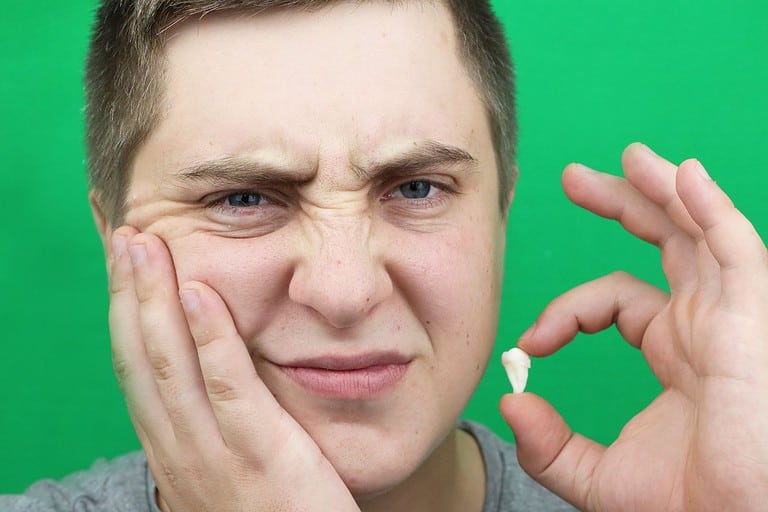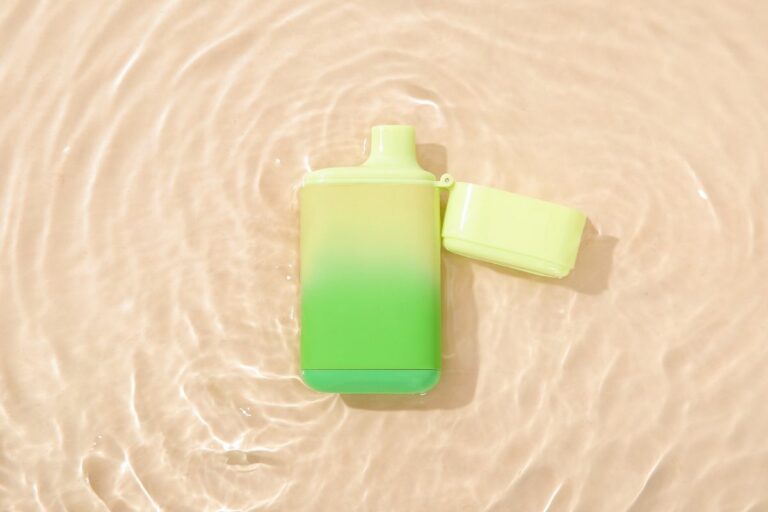Vape Pen Not Working After Charge: Troubleshooting Tips and Fixes
Experiencing issues with your vape pen after charging is a common frustration among users. When your device doesn’t function as expected, it often boils down to a few identifiable problems. It’s important to recognize that even though vape pens are designed for convenience and portability, they are still electronic devices susceptible to a range of technical difficulties.
If your vape pen is not working after you’ve charged it, there could be a myriad of factors at play. The issue could stem from the battery not holding a charge, a connection problem between the battery and the heating element, or it could be a sign that the atomizer or coil needs replacing. Outlined troubleshooting steps can include verifying the connection points are clean and checking the battery’s charge level, as it might not be adequately charged despite being plugged in.
In some cases, the cause is as simple as the device being locked or turned off accidentally. A quick review of the manufacturer’s instructions might provide the quick fix you need. However, for the more persistent issues, understanding how the device’s mechanism works, including the common reasons behind charging mishaps, can help you diagnose and rectify the problem.
NEW CUSTOMER DISCOUNT
Save 15%
15% OFF YOUR ENTIRE ORDER FOR NEW CUSTOMERS USE CODE WELCOME15!
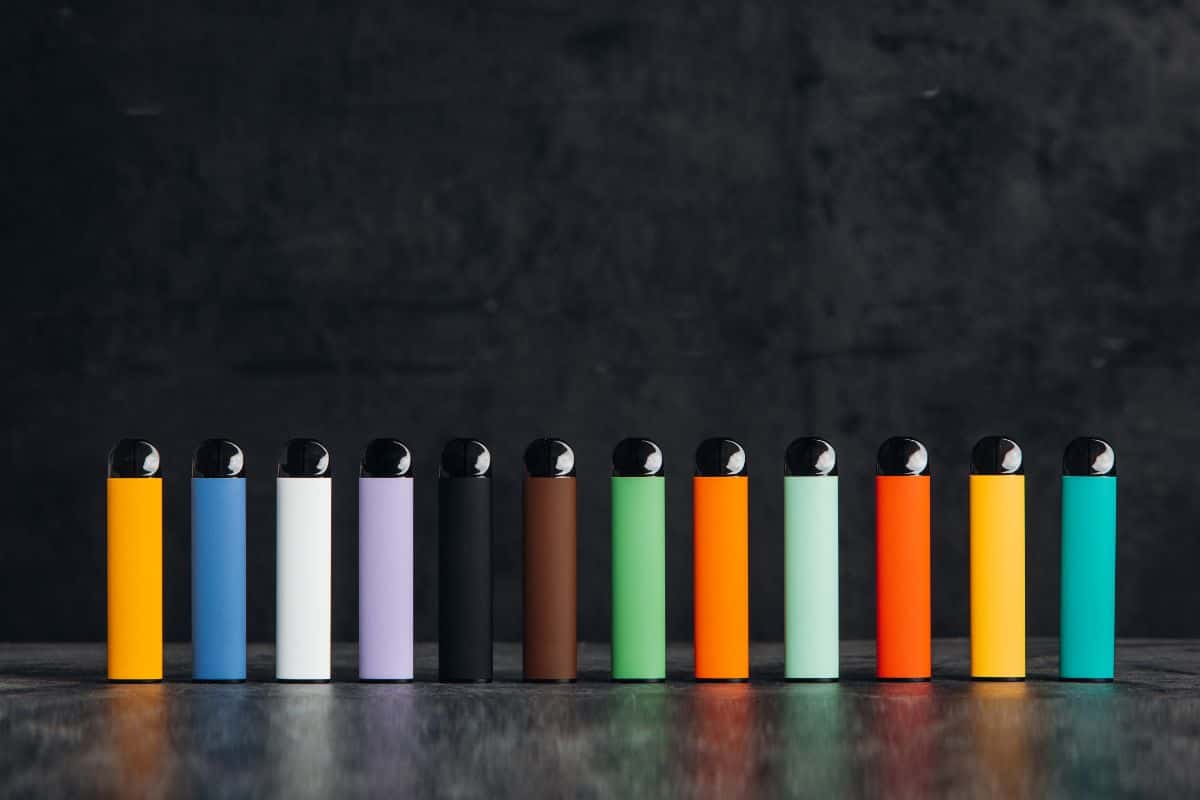
Table of Contents
Understanding Vape Pens
Vape pens, a popular choice for both new and experienced users, offer simplicity and versatility. Your experience may vary based on the type and components of the vape pen you choose.
Components of a Vape Pen
Every vape pen consists of several key parts that work together to produce vapor. The battery powers the device and is often rechargeable, with some models, like 510 threaded pens, offering universal compatibility with various cartridges. The heating element or atomizer turns the e-liquid, wax, or dry herb into vapor. Lastly, the tank or cartridge is where your chosen material is stored; disposable vape pens are pre-filled, whereas refillable vape pens allow you to replenish the e-liquid or other substances.
- Battery: Rechargeable, key component for power
- Heating Element/Atomizer: Converts material into vapor
- Tank/Cartridge: Stores e-liquid, wax, or dry herb
- Disposable: Pre-filled, single-use
- Refillable: Can be refilled with your choice of material
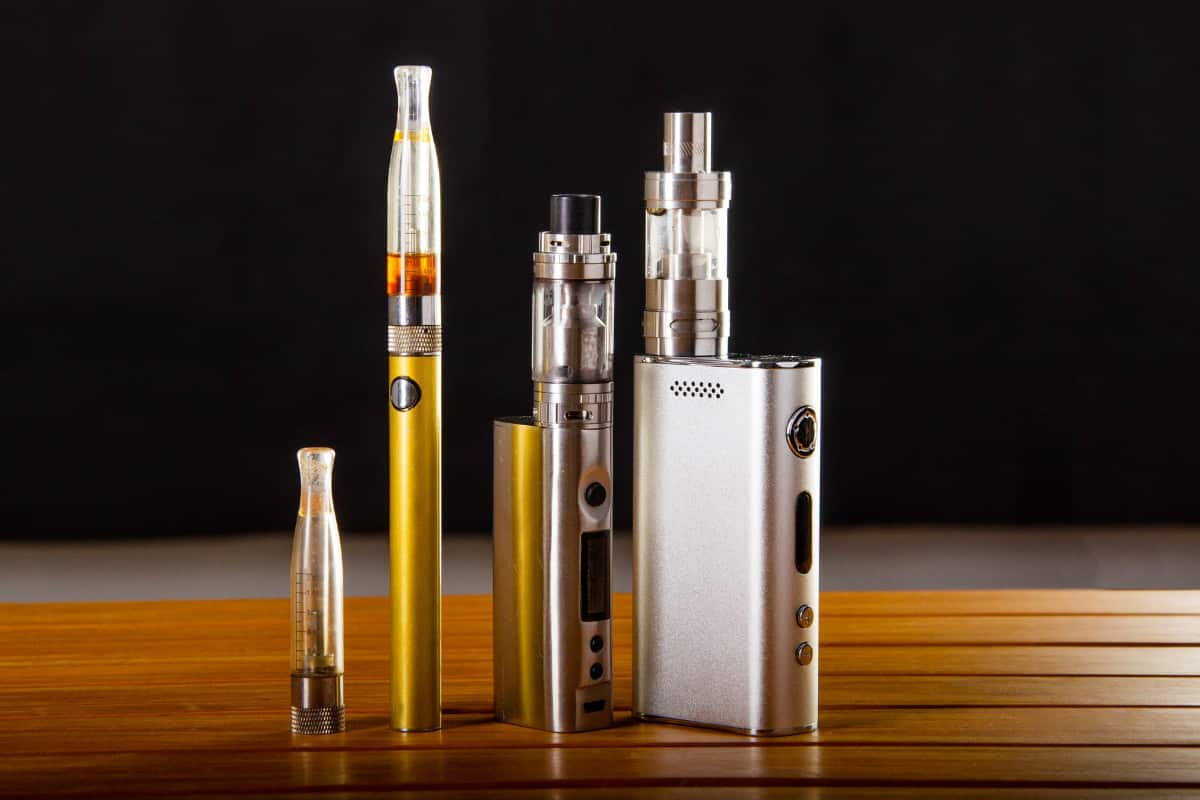
Types of Vape Pens
There are various vape pens tailored to your needs. E-liquid vape pens are designed for liquid nicotine or CBD solutions and often feature refillable tanks. Dry herb pens are optimized for vaporizing ground botanical material. Meanwhile, for users who prefer concentrates like waxes or oils, wax pens or dab pens are the go-to devices, offering a way to vaporize these substances at high temperatures.
- E-liquid Vape Pens: For e-liquids, often with refillable tanks
- Dry Herb Pens: For vaporizing ground botanicals
- Wax/Dab Pens: For concentrated substances like waxes or oils
Common Issues with Vape Pens
When your vape pen isn’t working after a charge, it can be due to a variety of issues ranging from battery problems to coil concerns. Being aware of these common problems can help you troubleshoot and find a solution more efficiently.
Battery Life and Charging Problems
Your vape pen’s battery life is crucial. If you notice a dead battery even after charging, check the charging port for any debris or damage. Frequent causes include a worn-out battery or a faulty charger. Always ensure that your vape pen’s indicator light is functioning as expected during and after charging.
Connection and Airflow Issues
If you’re dealing with inconsistent performance, the problem might lie in the connection issue between the battery and the cartridge. This can also affect airflow. Ensure that all connections are clean and properly secured. For disposable vape pens, look for any blockages that might be restricting the airflow.
Clogging and Leakage
Clogs and leaks can be a nuisance, often caused by overfilled cartridges or the use of e-liquids that are too thin. Your vape pen may also leak if the cartridge is damaged or cracked. To fix the issue, clear any blockages and make sure the e-liquid is the appropriate viscosity for your device.
Atomizer and Coil Concerns
The atomizer and coil are where the vaporization happens, and issues here can prevent your vape pen from working. Overheating or a burnt-out coil are common culprits. You may need to replace the coil or allow your vape pen to cool down before attempting to use it again.
Remember that regular maintenance and proper handling of your vape pen can help prevent many of these issues.
Troubleshooting Vape Pen Problems
When a vape pen stops working after a charge, it can be due to several issues like a faulty battery, clogged cartridge, or an issue with the atomizer. Here are specific steps to troubleshoot and resolve common problems.
Assessing the Battery and Charger
Check the Battery: Ensure your vape pen’s battery is not depleted. If you’ve just charged it and the device won’t turn on, examine the USB charger and connection plate for any debris or damage. Sometimes residue can prevent a proper connection. Using a cotton swab lightly dipped in isopropyl alcohol, clean the battery’s contact points.
Verify Charger Functionality: Confirm that your USB charger is working correctly by using it to charge another device. If it fails, the charger may be defective. Remember that using a charger with an incorrect voltage can damage your vape pen’s battery.
Inspecting for Clogs and Blockages
Look for Clogs: Clogged cartridges are a common issue, especially with cannabis concentrates. A clogged cart can interrupt airflow and prevent your vape pen from working. To unclog a cart, use a fine tool to gently remove any blockage or a warm-up cycle on the pen if available.
Clean Air Pathways: Use a cotton swab or a fine pick to clean any pathways that might be blocked. Be gentle to avoid damaging your vape pen.
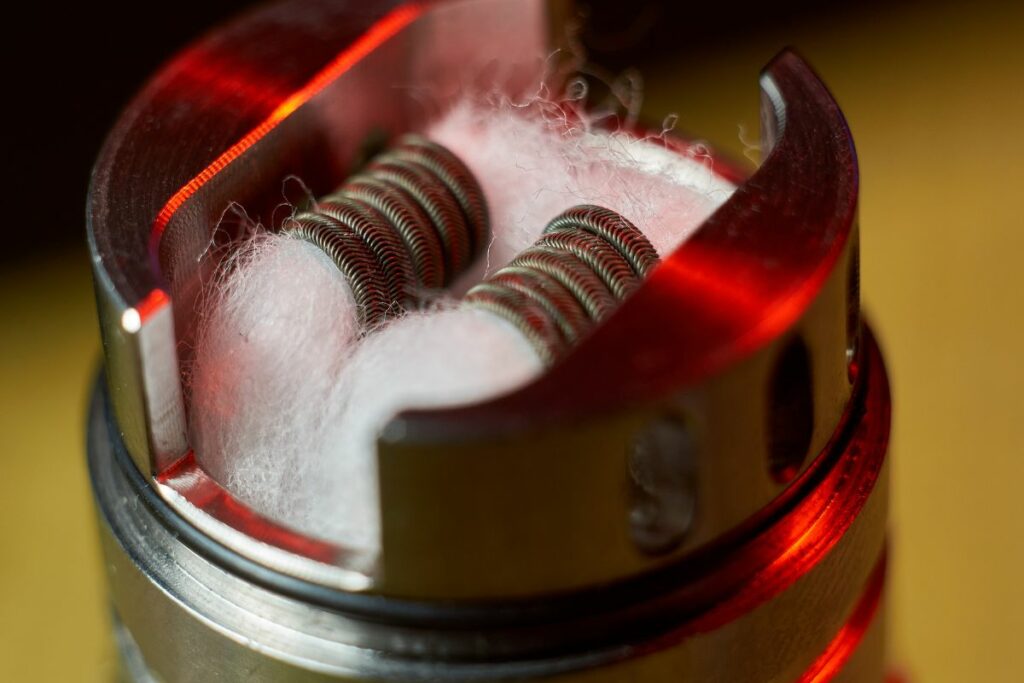
Examining the Atomizer and Coil
Inspect the Atomizer: A faulty atomizer can be the culprit behind a dab pen not working. Make sure it is securely connected to the battery and that there’s no e-liquid residue interfering with the connection.
Check the Coil: Coils can burn out or become inefficient over time. If you notice a burnt taste or no vapor production after charging, replacing the coil might be necessary.
Identifying Leaks and Residue
Detect Leaks: E-liquid leaks can cause a pen not to work after charging. Inspect your device to see if there is any liquid where it shouldn’t be, especially around the atomizer.
Clean Residue: Accumulated residue can hinder the performance of your vape pen. Use isopropyl alcohol and a cotton swab to clean away any e-liquid or concentrate residue from the vape pen, especially around the heating element and connection plate.
Remember, regular cleaning and maintenance can help prevent many of these issues, and for disposable vape pens, these troubleshooting steps may not apply as they are not designed to be recharged or repaired. If your vape pen still isn’t working after these steps, it may be time to consult the manufacturer or consider getting a replacement.
Performing Regular Maintenance
Maintaining your vape pen is crucial to ensure its longevity and optimal performance after charging. Regular upkeep involves thorough cleaning, proper storage, and timely replacement of critical components.
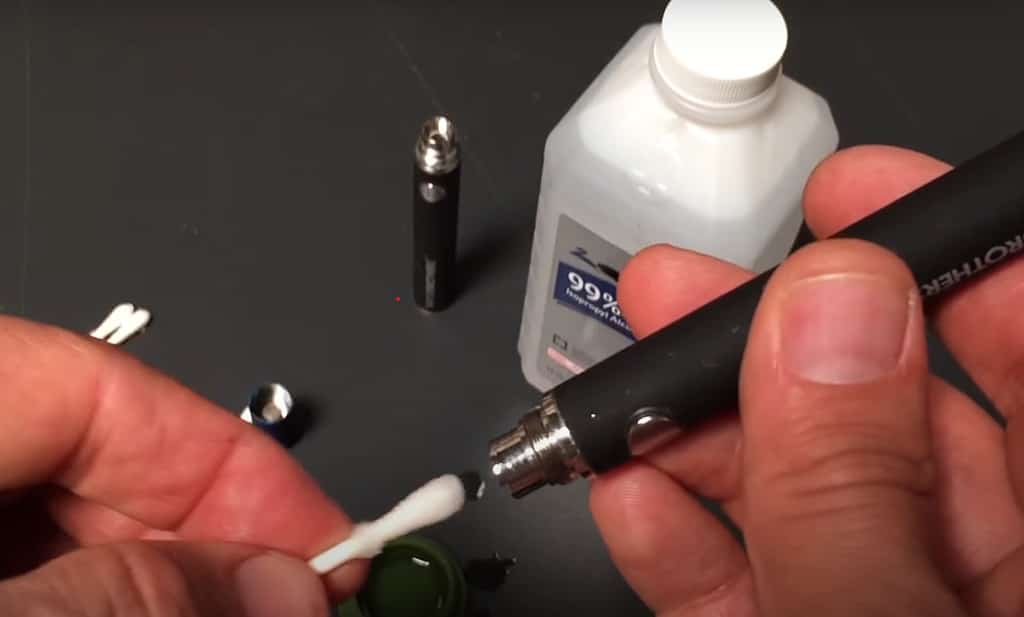
Cleaning Procedures
To keep your vape pen functioning properly, cleaning is imperative. Begin by disassembling your device into its main components: the mouthpiece, tank, and atomizer. Use a cotton swab dampened with isopropyl alcohol to wipe away any residue inside the mouthpiece and tank. For the atomizer and coil, a dry q-tip is often sufficient, but for tougher residue, a toothpick can gently dislodge build-up. Make sure the device is completely dry before reassembling.
- Mouthpiece: Clean with a q-tip and rubbing alcohol.
- Tank: Rinse with warm water; wipe with an alcohol-soaked cotton swab.
- Atomizer/Coil: Gently clear wick and coils with a dry q-tip; use a toothpick for stubborn residue.
Proper Storage and Handling
Your vape pen’s lifespan depends significantly on how you store and handle it. Always store your vape pen upright to prevent leakage and protect the battery. Avoid exposure to extreme temperatures and direct sunlight, which can damage the battery and reduce the efficacy of the e-liquid within your cartridge.
- Storage: Keep in a cool, dry place away from direct sunlight.
- Handling: Avoid dropping or placing heavy objects on your vape pen.
Replacing Components
Certain parts of your vape pen, like the coil and wick, need to be replaced periodically to maintain performance. Replace the coil every 1-2 weeks, or when you notice a burnt taste or reduced vapor production. The wick should also be changed regularly to ensure clean flavor and efficient absorption of e-liquid.
- Coil: Replace every 1-2 weeks or as needed.
- Wick: Change along with the coil to ensure optimal performance.
Regular maintenance is the key to avoiding common issues like a non-working vape pen after charging. By following these steps, you can enjoy a consistently good vaping experience.
Advanced Vape Pen Tips
When your vape pen isn’t working post-charge, fine-tuning can make all the difference. The right adjustments and understanding of your device will address common issues with voltage, troubleshooting signals, and oil use.
Voltage and Temperature Adjustments
Your vape pen’s performance is significantly influenced by its voltage and temperature settings. A higher voltage increases the temperature at which your cannabis oil vaporizes, producing more vapor but at the risk of a burnt taste or even damaging the pen if not handled properly. Adjust your vape pen to a lower voltage if you prefer a smoother hit, or gradually increase it for greater intensity but remember to consult your device’s manual as excessive heat can harm concentrated THC or CBD oils.
- THC carts: Optimal vaping is often achieved between 3.1 to 4.2 volts.
- Delta-8 and other variants may require specific settings for optimal use.
Understanding Troubleshooting Signals
Your vape pen communicates through troubleshooting signals, such as blinking lights or absence of vapor, to indicate a range of issues:
- Steady blinking: Often signifies a connectivity issue between the battery and cartridge. Ensure the cartridge is screwed in properly and the battery is fully charged.
- Rapid blinking: Typically a sign of overheating. Allow your device to cool down before attempting to use it again.
Understanding these signals helps you swiftly address issues without exacerbating the problem.
Optimizing Cannabis Oil Use
To get the most out of your cannabis oil:
- Let your device warm up if your vape pen has been in a cold environment, as oil settling can occur with temperature changes.
- Regularly clean your cartridge tip to avoid clogging and ensure consistent delivery of CBD, Delta-8, or other cannabis oils.
- If you observe thin vapor, it may be time to check your heat settings or replace the cartridge.
Bear in mind that thick oils like those in a THC cart often need a higher temperature to vaporize properly, but too much heat can degrade the quality of the oil.
When to Seek Professional Help
Identifying when you need professional assistance can save you time and frustration. If your vape pen is not working after a charge, it might be due to a variety of issues ranging from connection problems to irreparable internal damage.
Determining Irreparable Damage
Look for visible signs of damage: If you see any broken components such as a cracked case, leaking liquid, or any unusual deformities in your vape pen, it is likely that the damage is beyond a simple fix. Check the charging ports and USB port — if they appear loose or damaged, the pen may not charge properly.
Battery and coil inspection: Carefully examine the battery and coil. If the battery seems swollen, corroded, or if the coil is visibly damaged, it’s best to seek professional help as attempting repairs could be hazardous.
Exploring Repair and Replacement Options
Diagnose connection issues: Before seeking professional help, ensure that the issue isn’t with the charging cable or the connection. Sometimes, issues arise due to an overtightened battery connection which can be fixed by gently adjusting it.
Consider the pen type: If you’re using a disposable vape pen, repairs may not be cost-effective. In contrast, rechargeable vape pens might have more options for repair or parts replacement. Taking your device to a professional can clarify if repair or full replacement is more economical given the technical issues involved.
Ensuring Compatibility and Safety
When dealing with vape pens, compatibility of your charging equipment and attention to safety can prevent malfunction and ensure longevity. This involves matching charger and battery specifications, verifying the material and build quality, and adhering to safety features and practices.
Charger and Battery Specifications
Compatible Charger: Ensure that you use the charger that came with your vape pen or one that matches the output specifications; for example, if your device requires a 5V output, use only a USB charger that provides this. Using an incompatible charger can lead to issues.
- Threading: Make sure the threading of the charger matches that of your vape device to maintain a solid electrical connection.
- USB Chargers: While USB chargers are convenient, verify it matches the amp output required by your device.
Material and Build Quality
Charging Port and Build: Examine the quality of your device’s charging port and the surrounding area. A weaker build can result in a loose connection and potential charging failure.
- Check for any damage or wear and tear that could affect the circuit or connection quality.
- Look for certification marks that indicate a build that’s been safety tested.
Safety Features and Best Practices
Safety Features: Use products that have built-in safety features to prevent overcharging, overheating, and short circuits.
- Look for pens equipped with indicators or cut-offs that signal when the device is fully charged.
- Best Practices: Always follow manufacturer guidelines and do not attempt to modify your device. Keep your vape pen and its components away from water and extreme temperatures.
By ensuring compatibility between your charger and vape pen and by following recommended safety practices, you can avoid many common issues that lead to a device not working after charging. Remember, your safety is as important as the functionality of the device.

Product Selection and User Experience
When your vape pen isn’t working after a charge, it’s crucial to consider both the selection of the product and the experiences of other users. Judicious choice of your device and understanding common issues can greatly improve your vaping experience.
Choosing the Right Vape Pen
Selecting a vape pen that aligns with your needs hinges on understanding product information. Evaluate if you’re interested in a disposable vape for convenience or a rechargeable vape pen that can be used with various e-liquids or cannabis concentrates. Specifically, some pens are designed for use with weed pens, while others might work best with e-liquids or more solid forms like shatter. Additionally, verify compatibility with different chargers and inspect the connection pin to ensure a secure fit, reducing the risk of shorting out.
- Product compatibility:
- E-liquid vs. cannabis concentrates
- Charger type
- Connection security:
- Ensure connection pin is clean and undamaged
User Feedback and Common Concerns
Listen to the feedback from current users to anticipate and mitigate common problems. A prevalent issue is that a vape pen may not produce vapor after charging, which can be caused by a faulty charger, an improperly connected pin, or simply because the battery is not charging at all. Regularly check for and address these concerns.
- Check the charger: Ensure it matches the vape pen’s requirements.
- Inspect the connection pin: It should be free of debris and not damaged.
- Confirm battery charge: If the pen doesn’t turn on, the battery may be the issue.
Addressing the right selection criteria and being aware of common user issues will give you a better foundation to troubleshoot your vape pen effectively.
Browse popular vape collections:
- Nicotine Disposables
- 2000 Puff Nicotine Disposable Vapes
- 2500 Puff Nicotine Disposable Vapes
- 5000 Puff Nicotine Disposable Vapes
- 6000 Puff Disposable Nicotine Vapes
- 7000 Puff Nicotine Disposable Vapes
- Disposable Vape Deals
- Best Vape Brands
- 8000 Puff Nicotine Disposable Vapes
- 9000 Puff Nicotine Disposable Vapes
- 5% Nicotine Disposable Vapes
- Rechargeable Nicotine Disposable Vapes
- Vape Coils
- Dab Wax Pens
- Dab Wax Pen Battery
- Yocan Vapes
- Vape Cases
Frequently Asked Questions
Encountering issues with vaping devices can be frustrating. This section aims to address common problems and provide targeted solutions to get your vape pen working again.
Why does my fully charged vape pen not produce vapor?
Your fully charged vape pen may not produce vapor due to a clogged cartridge or airflow issues. Ensure that the cartridge is clean and the airflow is not obstructed.
How can I troubleshoot a vape pen that lights up but won’t produce a hit?
If your vape pen lights up but doesn’t produce a hit, check the connection between the battery and cartridge. Make sure it’s tight and clean any residue that might be interrupting the connection.
What steps should I take if my vape pen is not working despite showing a green light when charging?
When a vape pen shows a green light but doesn’t work, it’s often an indicator of a battery issue. Try using a different charger or cable, and if the problem persists, the battery may need replacing.
What common issues lead to a disposable vape pen failing to work after charging?
Disposable vape pens might not work after charging if they’re designed to not be rechargeable. Other issues include depleted cartridges or hardware malfunctions.
How can I fix a vape pen that has a flashing light but is not functioning?
A flashing light usually signifies a specific problem like a short circuit or a need for a reset. Refer to the user manual for the blinking codes and reset procedures.
What are some reasons a brand new vape pen won’t work after being charged?
A brand-new vape pen that won’t work after charging may have a factory defect, or it might require activation by pressing the button a certain number of times. Ensure you’ve followed the manufacturer’s instructions for first-time use.

